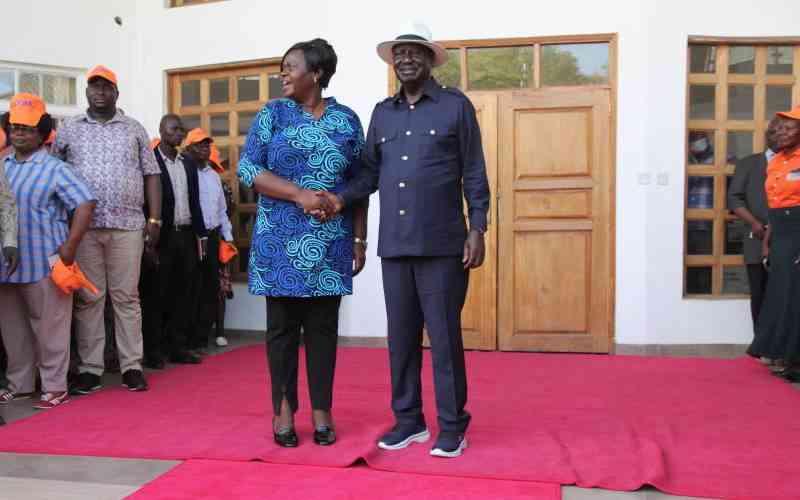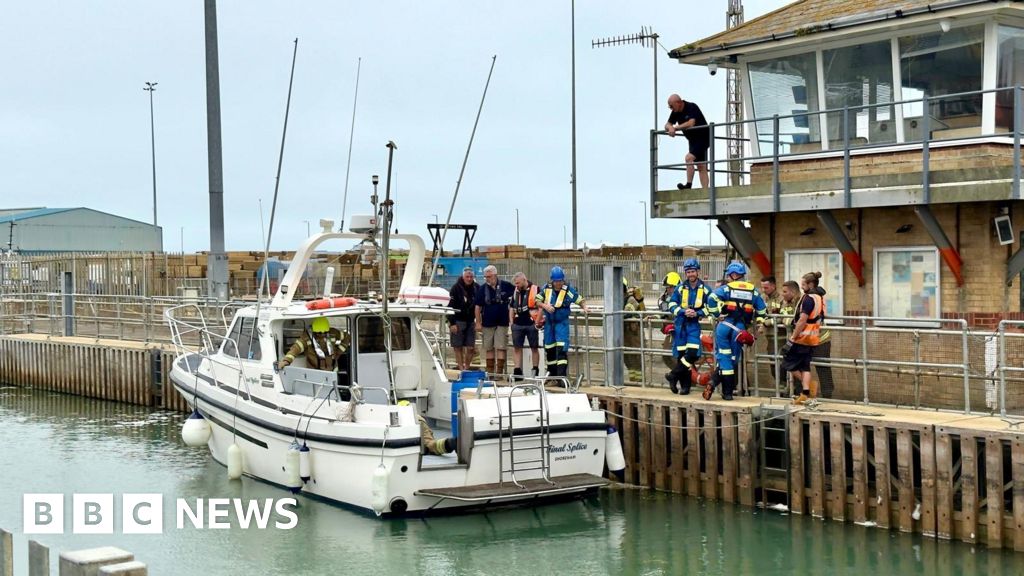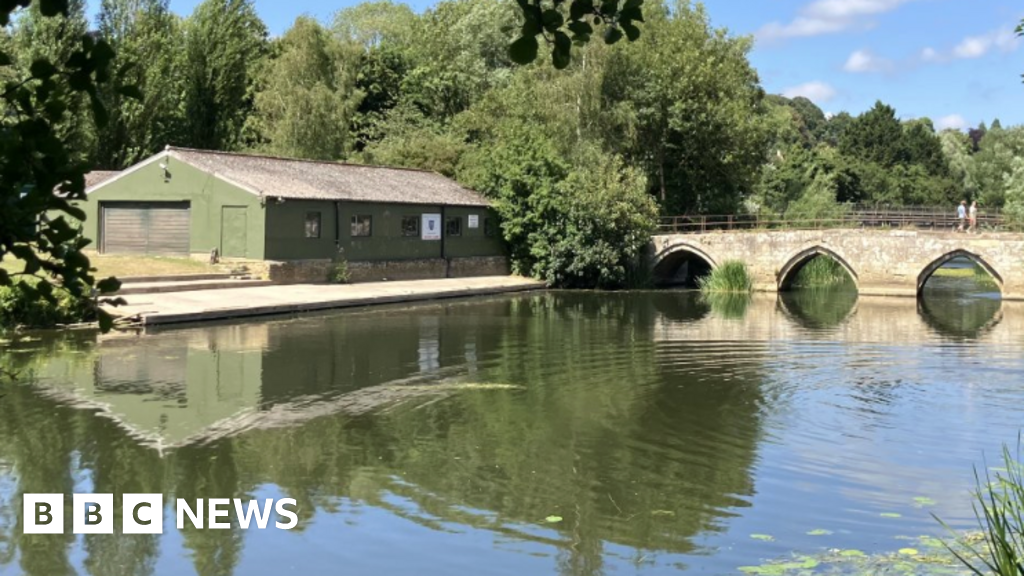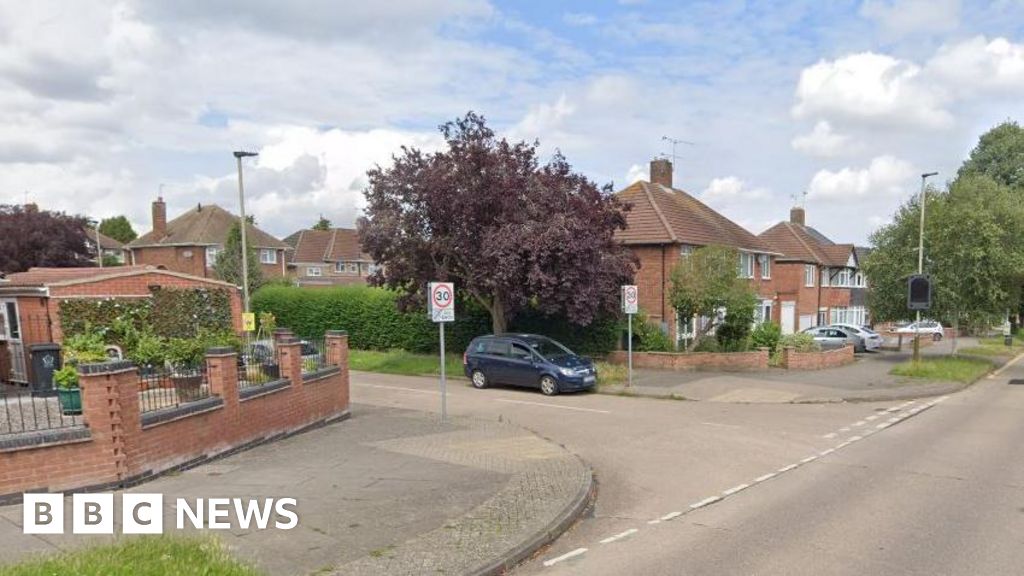Beneath the canopy: Pioneering satellite reveals rainforests' hidden worlds - BBC News
These images are only possible because of the unique radar technology aboard Biomass.
The satellite was launched on 29 April from French Guiana and has spent the last two months beginning to collect data over the tropics.
The data gathered by the satellite will be refined by teams of scientists who will head deep into remote areas of rainforest identified by Biomass to take measurements.
The ultimate goal, over the coming years, is to produce a global 3D map of the world’s forests, enabling scientists to accurately estimate how much carbon they store.
The Halmahera rainforest, located on the volcanic islands of Indonesia, is notoriously difficult for scientists to access due to its mountainous terrain.
Yet the Biomass satellite can see right down to the forest floor, showing where the trees grow across the rugged landscape and where trees have been cleared for farming.
As conventional satellites of this kind are unable to see beneath the treetops, patches of illegal deforestation can go unnoticed for months or even years. Biomass will help authorities to react more swiftly.
The long wavelength of the P-band radar also allows it to penetrate deep into ice. Unlike other radar wavelengths, it is less affected by snowfall, which can distort measurements.
One of the first images captured is a mesmerising view of the Nimrod Glacier in the Transantarctic Mountains of Antarctica.
The large ice stream can be seen in extraordinary detail as it flows into the Ross Ice Shelf, surrounded by frozen tributaries. Purple areas show where the radar has penetrated further, because of differences in the structure of the ice.
These insights provide more accurate data on glacier movement worldwide, which is essential for the billions of people who depend on glaciers for fresh water, and who face increased risk as melting accelerates due to climate change.











